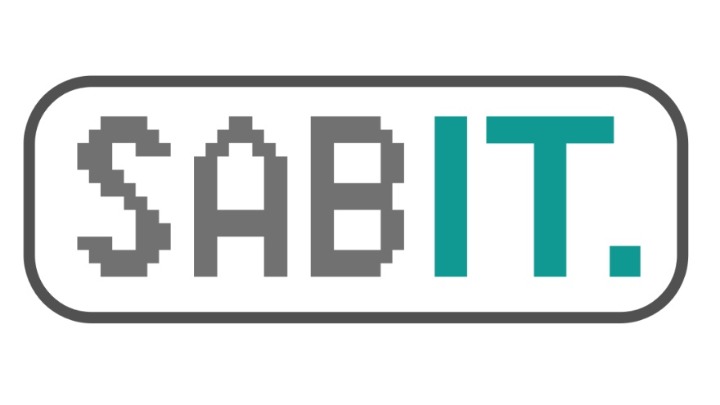 Certified Startup
Certified Startup
1. Hatchery Management :
a. Fish Data Recording: Facilitates the recording and management of fish-related data, including species, growth, death, and sales.
b. Cost Optimization: Optimizes hatchery management practices, leading to cost savings in terms of feed, maintenance, and resource allocation.
c. Regulatory Compliance: Assists in complying with regulations related to hatchery operations, reporting, and documentation.
d. Research and Analysis: Provides valuable data for research and analysis, enhancing understanding of fish behaviour, and growth patterns
e. Traceability: Ensures traceability of fish products from hatcheries to market, enhancing product quality and integrity.
Data-Driven Decision-Making: Utilizes data and insights for informed decision-making, leading to improved hatchery operations and outcomes
1. Asset Management :
a. Asset Tracking: Allows for accurate tracking and monitoring of various assets, including land, buildings, fishing equipment, and digital tools.
b. Inventory Control: Provides real-time visibility into inventory levels, preventing overstocking or stockouts, and optimizing stock management.
c. Maintenance Scheduling: Enables proactive maintenance scheduling to ensure assets are well-maintained, reducing downtime and extending asset lifespan.
d. Data Management: Maintains accurate and up-to-date records of assets, reducing errors and streamlining data management.
e. Compliance and Reporting: Assists in complying with regulatory requirements related to asset management and reporting.
f. Resource Allocation: Offers data-driven insights for better resource allocation, aiding in informed decisions about asset acquisition, retirement, or reallocation.
Workflow Automation: Streamlines asset-related workflows, making it easier for employees to request, allocate, and manage assets.
Elevate HR operations with our HR Management Software. Efficiently handle employee data, payroll, recruitment, and performance evaluation. Streamline HR processes, boost productivity, and foster a happier workforce. Ensure compliance, enhance talent management, and drive strategic decision-making. Transform HR into a strategic asset for your organization's growth and success.
Simplify employee transfers with our Online Employee Transfer Management Tool. Streamline the entire process from request to approval, reducing paperwork and administrative burdens. Ensure a smooth transition for your workforce while saving time and resources. Enhance HR efficiency and employee satisfaction with our user-friendly transfer management solution
Software tracks and manages a company's inventory levels, orders, sales, and delivery, to ensure optimal stock levels, reduce waste, and improve profitability.
1. User Management:
a. User Account Creation and Deletion: User Management software allows administrators to create, modify, and delete user accounts as needed.
b. User Authentication: The software often include authentication mechanisms to verify the identity of users, such as username and password,
c. Access Control: User Management software enables administrators to define and manage user access rights and permissions for various resources, including user interfaces, applications, and systems.
d. Role-Based Access Control (RBAC): RBAC allows the department to assign specific roles to users, and each role comes with predefined permissions and access rights.
e. Integration: User Management software often integrates with other software and applications to synchronize user accounts and permissions across the organization.
f. Security and Compliance: User Management software often includes security features to protect user data and ensure compliance with data protection regulations.
g. User Lifecycle Management: This feature helps manage the entire lifecycle of a user account, including relieving when an employee is transferred, joining duty when an employee took charge of a post, and changes in roles or responsibilities.